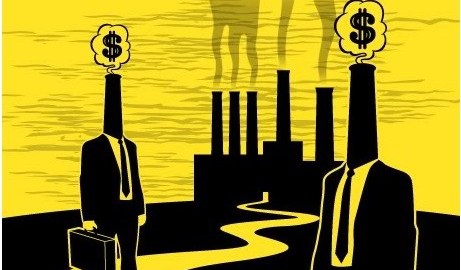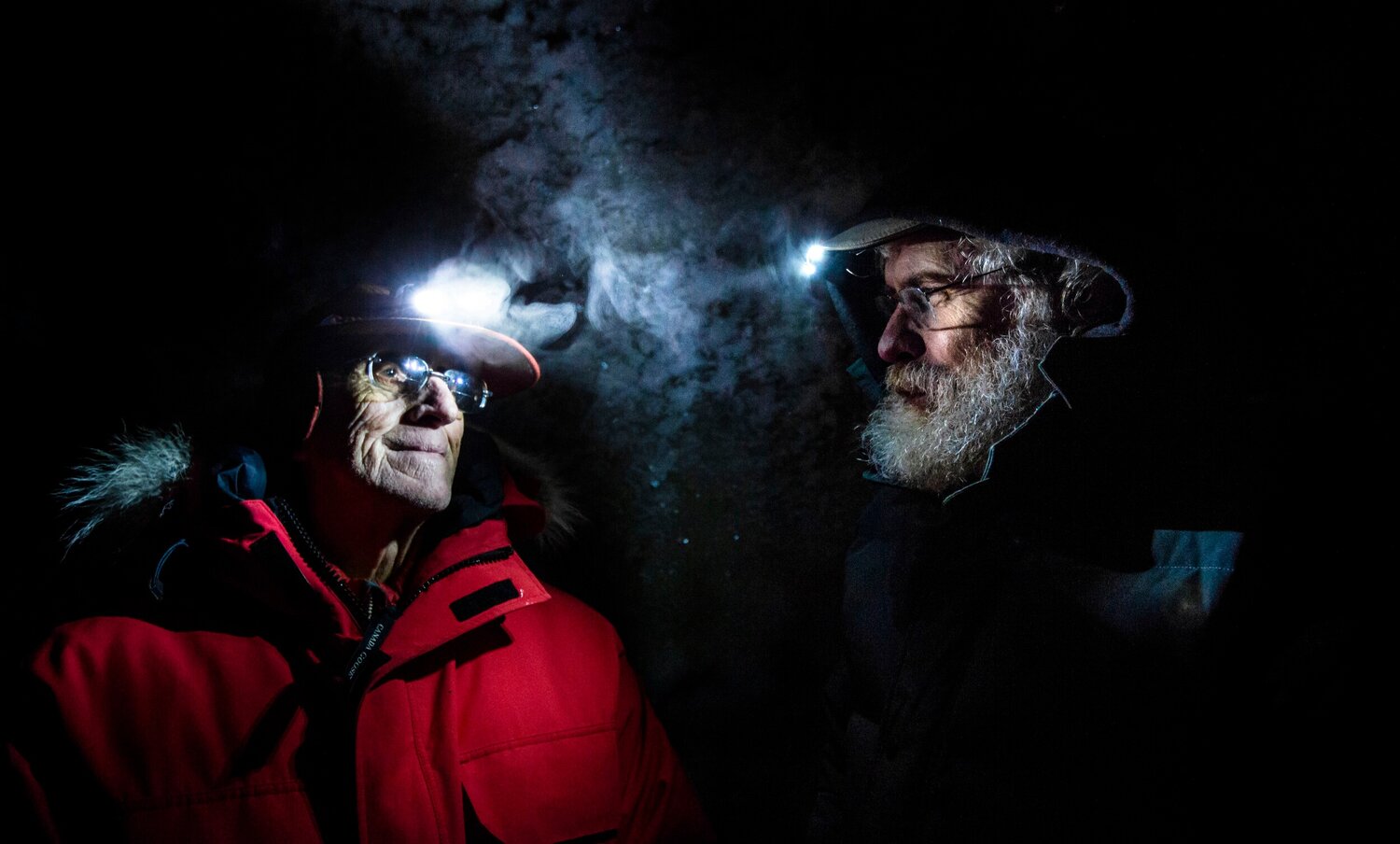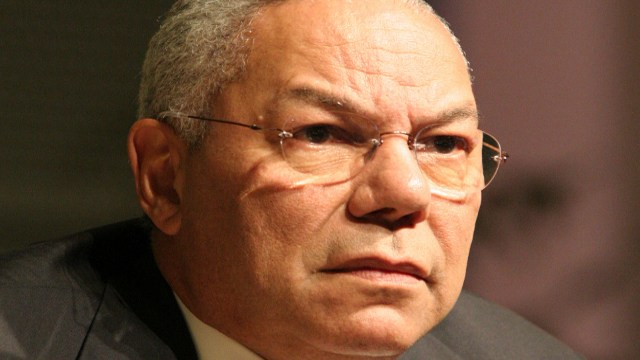Gasland and Dirty Business: Documentary Films Shape Debate on Energy Policy

Smaller-budget documentaries are increasingly shaping debate over energy issues, writes Michael Nagle in a guest post today. Yet widening the scope of their reach and impact has taken some investment and careful strategy, with advocacy groups and filmmakers collaborating to sponsor community-based forum screenings that engage influentials and key audiences. Nagle is a Journalism major at American University and a student in this semester’s course on “Science, the Environment and the Media” — MCN.
From An Inconvenient Truth to smaller release films such as Gasland, the documentary has become a tool of choice among environmentalists combating the ability of industry to set the frame of reference on climate and energy problems. Yet the selectivity bias of films–which has even shaped the reach of films like An Inconvenient Truth –has meant that environmental groups and filmmakers have turned to additional strategies to widen the scope of engagement relative to a film. One such strategy is the sponsorship of discussion forum screenings.
This past month, students were invited alongside professionals and prominent D.C. politicians to watch DirtyBusiness, and afterwards discuss the science and policy issues behind coal generation with Peter Bull, the film’s producer. Since September of 2010, Bull has traveled between theatres, universities and film festivals across North America and Europe to reach influentials with the film’s message.
“This doesn’t need to be a debate of any kind,” said Bull. “What I would really like is if while coming out of this film, you ask, ‘What’s going to happen? Where are we? What can we do?.”
By releasing a documentary for general screening at movie theatres, or directly to DVD, filmmakers and advocates often miss a vital opportunity to convene and communicate with the public. The forum gives the audience an opportunity to absorb and reflect on the vast wealth of information before leaving the theatre. Peter Bull likely took a cue from the success of Gasland in adopting the forum screening format.
Influencing Individuals and Mobilizing Coalitions
Political Scientists Stanley Feldmen and Lee Sigelmen developed an equation in order to objectively measure the impact of a movie on a particular individual. The magnitude of the film’s effects depended equally on the factors of whether the individual saw the movie, watched a panel discussion by experts after the movie, thought the movie was realistic, had heard relevant information before the film, and whether the individual discusses the film socially. Two of the five factors involve discussion; together their impact is twice that of having actually seen the movie (Feldman 1985).
The individualistic model in which the impact of a documentary is measured only on individuals, however, is inadequate in the days of the forum screening. The new format has not only multiplied the impact of the documentary as a medium, but has forced those who analyze and respond to the films to adapt. The Coalition model has emerged as a socially focused alternative to the individualistic model. Viewing the impact of a documentary through the lens of the Coalition model examines the impact of the documentary on the community as a whole, thus giving a better image of the overall social impact (Whiteman 2004).
Forum screenings continue to be utilized by more filmmakers as case studies laud their ability to engage the audience. A study examining the impact of the the 1980s film Amerika on political attitudes concluded that: “Group discussion about a media presentation is a theoretically meaningful independent determinant of political attitude change” (Lenart 1989). Forum screenings stimulate discussion, adhering to a two-step model in which opinion leaders receive information and distribute it to general audiences. The effect of the documentary is multiplied through discussions with those who have not seen the film. These conversations are propelled by the panel following the screening.
Just as Peter Bull is traveling from coast to coast screening DirtyBusiness, John Fox continues to hold screenings followed by discussion for Gasland. Although the documentary is not on any theatre’s roster alongside popular films, the imagery of water catching on fire, as captured in the movie, has spread as the consensus frame for natural gas.
Look beneath the Gasland logo and see the subtitle, “Can you light your water on fire?” Fans can even download images of the explosive water for their desktop wallpaper. Environmentalists have reframed hydraulic fracturing so that rather than disregarding the environmental impact due to comparably massive economic benefits, the public rejects economic benefits due to the massive environmental cost.
“Fifty percent of the documentary film-maker’s job is making the movie, and 50 percent is figuring out what its impact can be and how it can move audiences to action,” says John Stoney, professor of film at New York University. In the past ten years more documentary film-makers have adopted the forum screening format, stepping out from behind the camera to put their ideas in context with the audience during discussion.
By failing to engage the audience, one would let their ideas stagnate rather than activate the audience to spread said ideas. Such effective promotion fights the selectivity bias that plagues every documentary. Word of mouth spreads the impact far beyond those who saw the movies. Even Americans who have never heard of John Fox or his documentary still know that gas drillers have contaminated water throughout the nation and concerned citizens have taken to testing their own home’s water with a lighter.
The Power of Visual Storytelling
What could be more unreal and attention-grabbing than water catching on fire, other than Carbon Dioxide bubbling out of the ground? Jane and Cameron Kerr, farm owners in Saskatchewan, Canada, began to notice their health declining in 2004. This is because they live near the first Carbon Sequestration and Storage Plant. The concept of injecting Carbon Dioxide underground is being tested for the first time and the Kerrs are guinea pigs for the peripheral health effects.
Like the victims of contaminated water in Gasland, the Kerr’s problems were ignored by the media and fossil fuel industry until they were met by a filmmaker. On February 14th, months after the September debut of DirtyBusiness, the International Performance Assessment Center for Geologic Storage of Carbon Dioxide, an nonprofit testing group, rushed to the aid of the Kerr’s to conduct testing for excess CO2 in their soil. Prior to having their story told from coast to coast, the family hired Petro-Find Geochem, a private testing group to examine their land.
As expected by anyone who’s seen the surreal image of bubbling soil on the Kerr’s farm, their report confirmed that “The provenance or source of the high concentrations of CO2 in soils of the Kerr property is clearly the anthropogenic CO2 injected into the Weyburn reservoir (LaFleur 2010).”
However since the Kerr’s had to pay alone and could not sacrifice more than $10,000, the report was not ideally expansive and the Petroleum Technology Research Institute quickly issued a rebuttal. The industry will have a harder time rebutting a team of elite international scientists than a private firm, however, so the Petroleum Technology Research Institute may soon see justice.
Would the International Performance Assessment Center for CO2have assisted, or known of the Kerrs had it not been for Bull and his film? The paramount success of documentaries, due to word of mouth by the small audience of advocates who view it, is difficult to measure yet the impact is impossible to deny.
In March, the Frac Act was sent to Congressional committee. The bill would subject Abbot Group and the natural gas drillers to the same clean water and air standards that other industries must abide by. Would the plea of Americans with fuel-contaminated water have come to the attention of Congress had it not been for John Fox and Gasland?
When individuals latch onto the public accountability frame, environmental responsibility is forced on industries that plan to stay alive. “Big investors, and this is reflected a bit in the film, are not interested in investing in huge, giant thermal fossil fuel plants at the moment,” said Rebecca Tarbotton, Executive Director of Rainforest Action Network in a New York forum screening for DirtyBusiness. They’re really risky endeavors and that’s partly because of potential for climate legislation. Bankers like nothing less than risk and at the moment (Tarbotton 2011).”
— Guest post by Michael Nagle a journalism major at American University in Washington, D.C. This post is part of the course “Science, Environment, and the Media” taught by Professor Matthew Nisbet in the School of Communication at American. See also other posts on energy policy by members of his project team.





